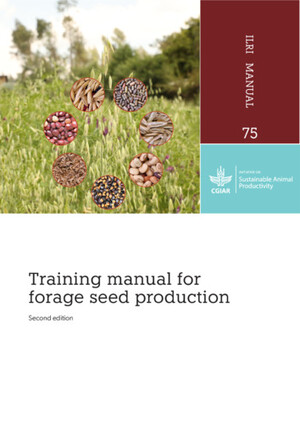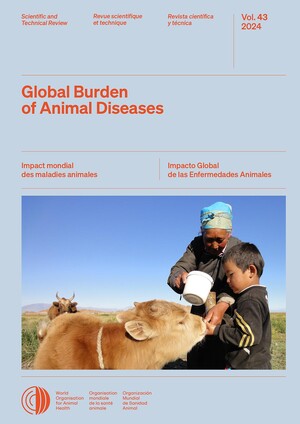
Conversion of finished leather waste incorporated with plant fibers into value added consumer products – An effort to minimize solid waste in Ethiopia
Abstract
Presently, the leftovers from leather product industries are discarded as waste in Ethiopia. The objective of the present study was therefore, to prepare composite sheets by incorporating various plant fibers like enset (Ensete ventricosum), hibiscus (Hibiscus cannabinus), jute (Corchorus trilocularis L.), palm (Phoenix dactylifera) and sisal (Agave sisal) in various proportions into the leather waste. Resin binder (RB) and natural rubber latex (NRL) were used as binding agents for the preparation of the composite sheets. The composite sheets prepared were characterized for their physicochemical properties (tensile strength, elongation at break, stitch tear strength, water absorption, water desorption and flexing strength). Composite sheets prepared using RB having 10% hibiscus, 20% palm and 40% sisal fibers showed better mechanical properties than their respective controls. In composite sheets prepared using NRL having 30% jute fiber exhibited better mechanical properties than its control. Most of the plant fibers used in this study played a role in increasing the performance of the sheets. However, as seen from the results, the contribution of these plant fibers on performance of the composite sheets prepared is dependent on the ratio used and the nature of binder. The SEM studies have exhibited the composite nature of the sheets and FTIR studies have shown the functional groups of collagen protein, cellulose and binders. The prepared sheets were used as raw materials for preparation of items like stiff hand bags, ladies’ purse, keychain, chappal upper, wallet, wall cover, mouse pad and other interior decorating products. By preparing such value added products, we can reduce solid waste; minimize environmental pollution and thereby securing environmental sustainability.
Citation
Teklay, A., Gebeyehu, G., Getachew, T., Yaynshet, T. and Sastry, T.P. 2017. Conversion of finished leather waste incorporated with plant fibers into value added consumer products – An effort to minimize solid waste in Ethiopia. Waste Management. 68(1): 45-55.










